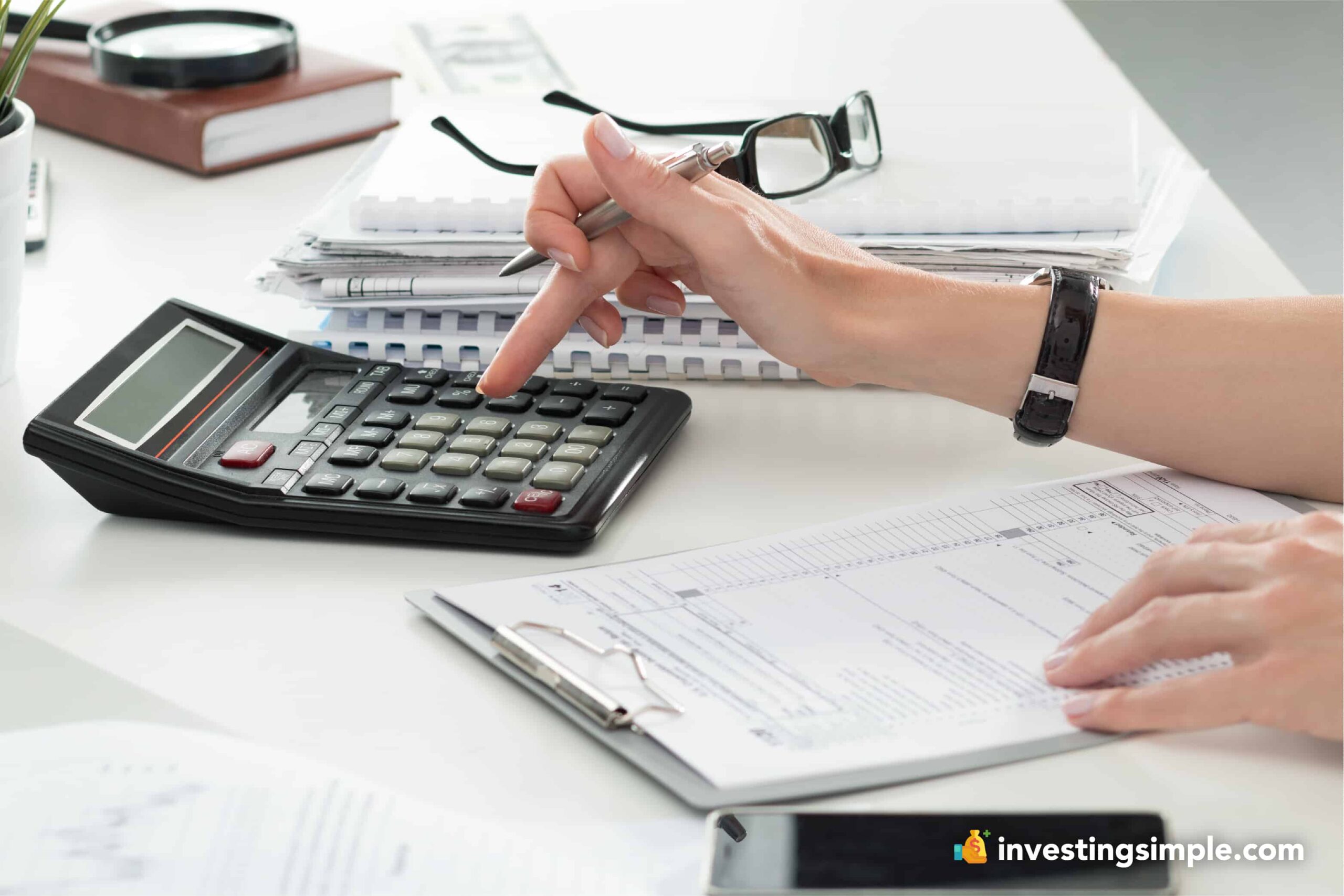





You’ve done it. You have landed a job in your field at a salary of $50,000.
But you may quickly be asking yourself a pivotal question; is $50,000 a good amount of annual income?
The answer, of course, is not that simple. It has a lot of variables.
Right off the bat, the median American worker brings home an estimated $54,132 a year.
So, $50,000 is a below-average starting salary, but not far off from the norm. Here are some other important considerations.
Robinhood is a popular "all-in-one" investing app.
While they are most well-known for their commission free stock trading, they've recently shaken up the Retirement Investing World too.
Introducing Robinhood Retirement; home of the biggest IRA match on the market.
Here's what you need to know:
And don't worry, this comes with a Portfolio Builder Tool. You don't have to construct your investment portfolio from scratch if you don't want to.
Lastly, you'll even get a free stock worth up to $200 when you open a new Robinhood account using our link.
Taxes are going to take a big chunk out of your take-home pay. After taxes, you will probably take home $32,000.
However, this depends on what state you live in. For example, New York has very high state taxes while Florida has no state income tax.
Your geographic location is significant when you look at your salary.
Across the U.S. costs of living vary enormously!
Check out this breakdown:
Most Expensive
Least Expensive
I'm sure this goes without saying, but a $50,000 salary will get you more in rural Mississippi than it will in NYC.
That is why it is important to consider what the base salary is in your geographical area.
Let’s say you’re living somewhere in between the most and least expensive states. What will you be spending for basic necessities?
This includes costs such as:
Your personal spending level will have a huge impact on how far your salary gets you.
So, let’s revisit the original question; is $50,000 a good salary to earn? The answer lies with you.
If you live within your means, keep your spending for “needs” rather than “wants,” and follow a strict budget, you will have control over your money and have a good lifestyle.
In general, you should look at this salary as a starting point. Hopefully, you have a job that has some upward mobility allowing you to earn more down the road.
Don't forget to grab your free stock worth up to $200 from Robinhood today!